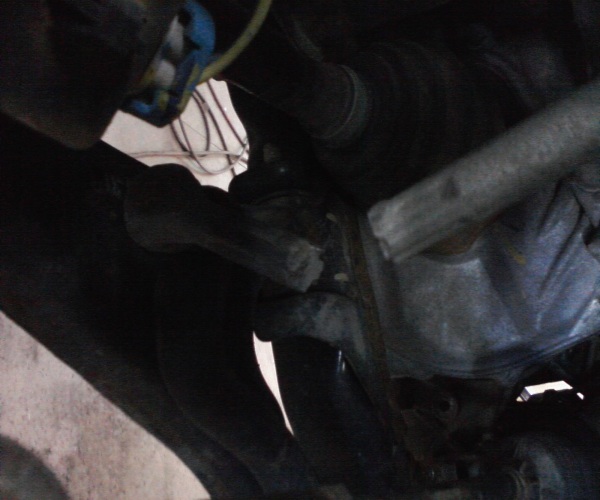Materials selection and processing in today’s world has become one of the most challenging and advanced engineering. Ranging from the aerospace and mechanical side, materials has always been on the top of the chart in the electrical and computer systems field as well. Let it be the light weight structure of the aircraft made from composite materials or the appropriate material selection for various electrical applications, materials engineering has been widely used to enhance reliability, sustainability and well as efficiency in most of the applications. Below are some examples of how and why materials are considered as one of the most important topic in today’s life.


The above photos were taken during my summer work period at the 417 Suzuki Automotive Imports in Ottawa, ON. Composite materials, often shortened to composites or called composition materials, are engineered or naturally occurring materials which are often made from materials that contain different physical and chemical properties. These two or more different materials tend to remain seperate and different within the finished structure. A famous material used in the composite materials is the carbon-fiber reinforced plastic.
The Boeing 787 structure including the wings and fuselage is composed largely of composites. Each Boeing 787 contains approximately 35 short tons (32,000 kg) of carbon fiber reinforced plastic (CFRP), made with 23 tons of carbon fiber. Carbon fiber composites have a higher strength-to-weight ratio than traditional aircraft materials, and help make the 787 a lighter aircraft. Composites are used on fuselage, wings, tail, doors, and interior. Boeing had built and tested the first commercial aircraft composite section while studying the proposed Sonic Cruiser nearly five years before.
Carbon fiber, unlike metal, does not visibly show cracks and fatigue, prompting concerns about the safety risks of widespread use of the material; the rival Airbus A350 was later announced to be using composite panels on a frame, a more traditional approach, which its contractors regarded as less risky. In addition, the porous properties of composite materials, which may cause delamination as collected moisture expands with altitude, is a potential issue. Boeing has responded by noting that composites have been used on wings and other passenger aircraft parts for many years without incident, and that special defect detection procedures will be instituted for the 787 to detect any potential hidden damage.
Fiber-reinforced composite materials have gained popularity (despite their generally high cost) in high-performance products that need to be lightweight, yet strong enough to take harsh loading conditions such as aerospace components (tails, wings, fuselages, propellers) and racing car bodies. Carbon composite is a key material in today’s launch vehicles and heat shields for the re-entry phase of spacecraft. It is widely used in solar panel substrates, antenna reflectors and yokes of spacecraft. It is also used in payload adapters, inter-stage structures and heat shields of launch vehicles.
Furthermore disk brake systems of airplanes and racing cars are using carbon/carbon material, and the composite material with carbon fibers and silicon carbide matrix has been introduced in luxury vehicles and sports cars. Composite materials are also becoming more common in the realm of orthopedic surgery.
Partial Content taken from the Boeing 787 Page- “http://en.wikipedia.org/wiki/Boeing_787_Dreamliner#Design“